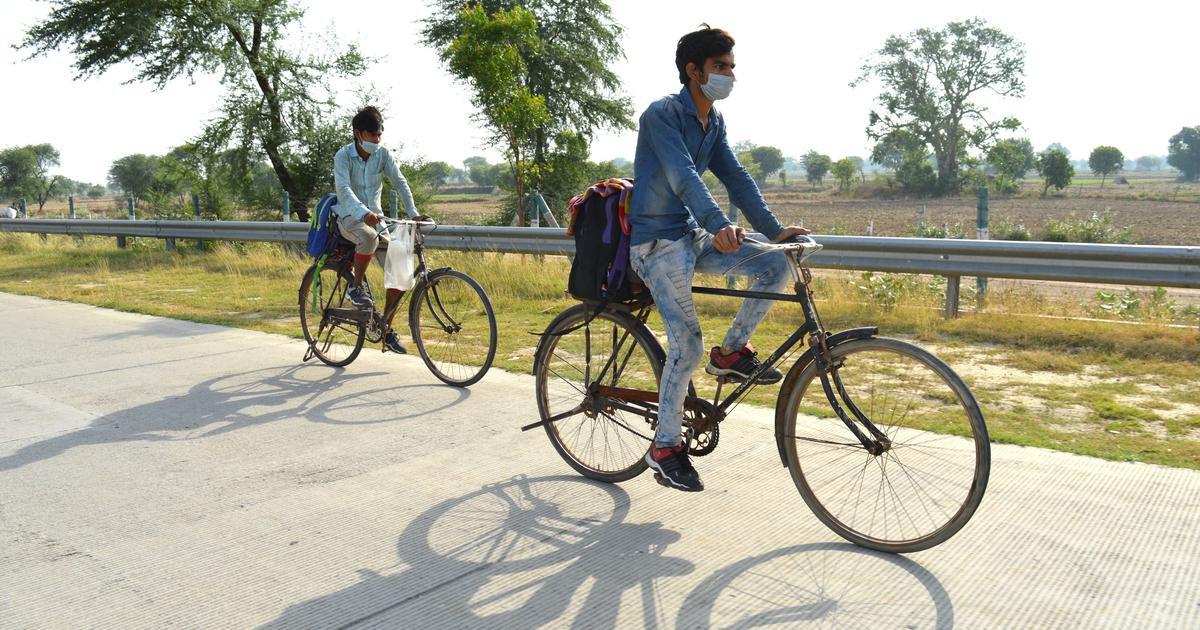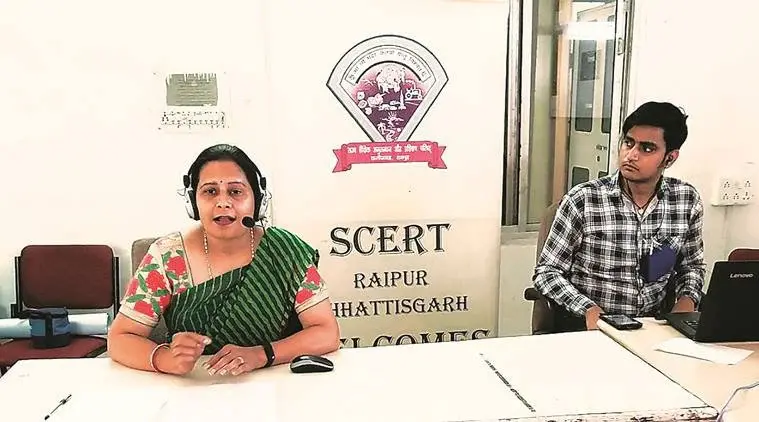
Schools and colleges are all closed due to the epidemic. In such a situation, students' studies are being carried forward through online classes everywhere.
But do every student have internet and phone facility? Is internet access reaching every street in the country?
Because, there is no internet signal in his village to take an online class, due to which he travels 2-3 hours by bicycle and goes to Cherpal with his relative.
Sukhlal says, 'This is the first place where any kind of signal comes on my phone. There is no network in my village.
On 7 April, the Chhattisgarh Education Department started an online portal named 'Shiksha Tumhar Dwar'. 20 lakh children, 2 lakh teachers (both government and non-government) had registered for this portal.
Many videos have been put in this portal by the teacher and SCERT for the education of children.
But in a state where there is a huge shortage of things like internet and mobile resources, this portal is no less than a maze for the people there.

People are facing a lot of trouble in different corners of the state.
In village Murka of Balrampur district, there are only 3 smart phones among a population of 500 people.
At the same time some family members say that neither they are educated nor they have a phone, so how should they teach their child.
In some houses where there is a phone, the situation is also not right. In Bijapur city, Asha, studying in class 3, gets a phone but sometimes someone's phone comes on that phone, sometimes her brother starts bothering her younger brother. Not only this, there are only 3 children in his online class.

Accepting the limitations of online education, Alok Shukla said that, 'many such projects have been started where internet connectivity is poor. We are working on audio-based classrooms which will be run through call centers where students can call. We are also looking at the option of mobile schooling where teachers can make weekly visits to the villages in their area, with school equipment provided by us. '
Despite these efforts, in Chhattisgarh, where about 4.5 lakh migrant workers have returned, experts also worry about drop-out rates as a result of the epidemic.
